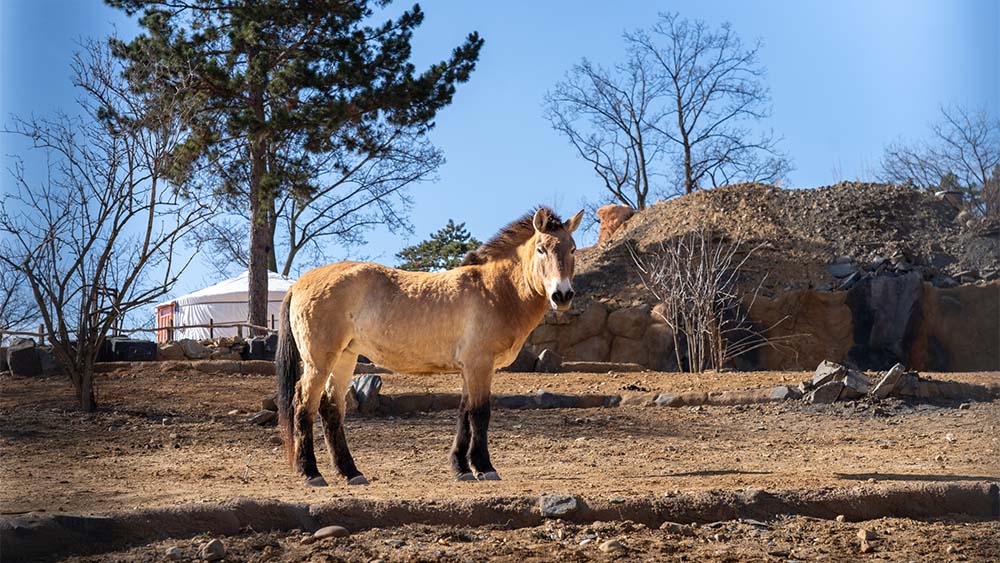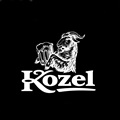Gobi

Przewalski's horses are iconic animals not only of the Mongolian Gobi, but also of Prague Zoo. Photo: Oliver Le Que, Prague Zoo
Inspired by the desert of the same name on the border between Mongolia and China, the Gobi exhibit showcases not only Przewalski’s horses but also other animals from Asian semi-deserts and steppes—including the legendary Mongolian death worm.
The visitor area includes scenic viewpoints, an authentic Mongolian yurt used as an exhibition space, and artificial rock formations faithfully replicating a real Mongolian location: the world-famous Flaming Cliffs, renowned for their Cretaceous dinosaur fossils, whose replicas you will also get to see in the exhibit.
Integral parts of the complex include a traditional Mongolian ovoo (a sacred stone cairn), a stone engraved with petroglyphs (replicas of carvings of varying ages) modelled on a real find made by Prague Zoo’s director Miroslav Bobek, and the popular bronze statue of a Przewalski’s horse from 1966, created by sculptor Vincenc Vingler.
The dramatic outdoor setting leads into a small pavilion, built into the terrain and entirely covered in vegetation. Inside, visitors will find terrariums housing smaller desert-dwelling species, ranging from tiny rodents and the long-eared hedgehog, to several species of lizards and the Tartar sand boa—a snake thought to be the inspiration for the mythical Mongolian death worm, or olgoi-khorkhoi, the sand worm said to kill from a distance.
A significant part of the pavilion interior is dedicated to a small “museum” presenting the story of the last true wild horse and the efforts to save the species and return it to the wild, in which Prague Zoo played a major role.
The new complex concludes with two spacious outdoor enclosures for Pallas’s cats—long-haired felines from Central Asia dubbed the grumpiest cats in the world.
Further reading








